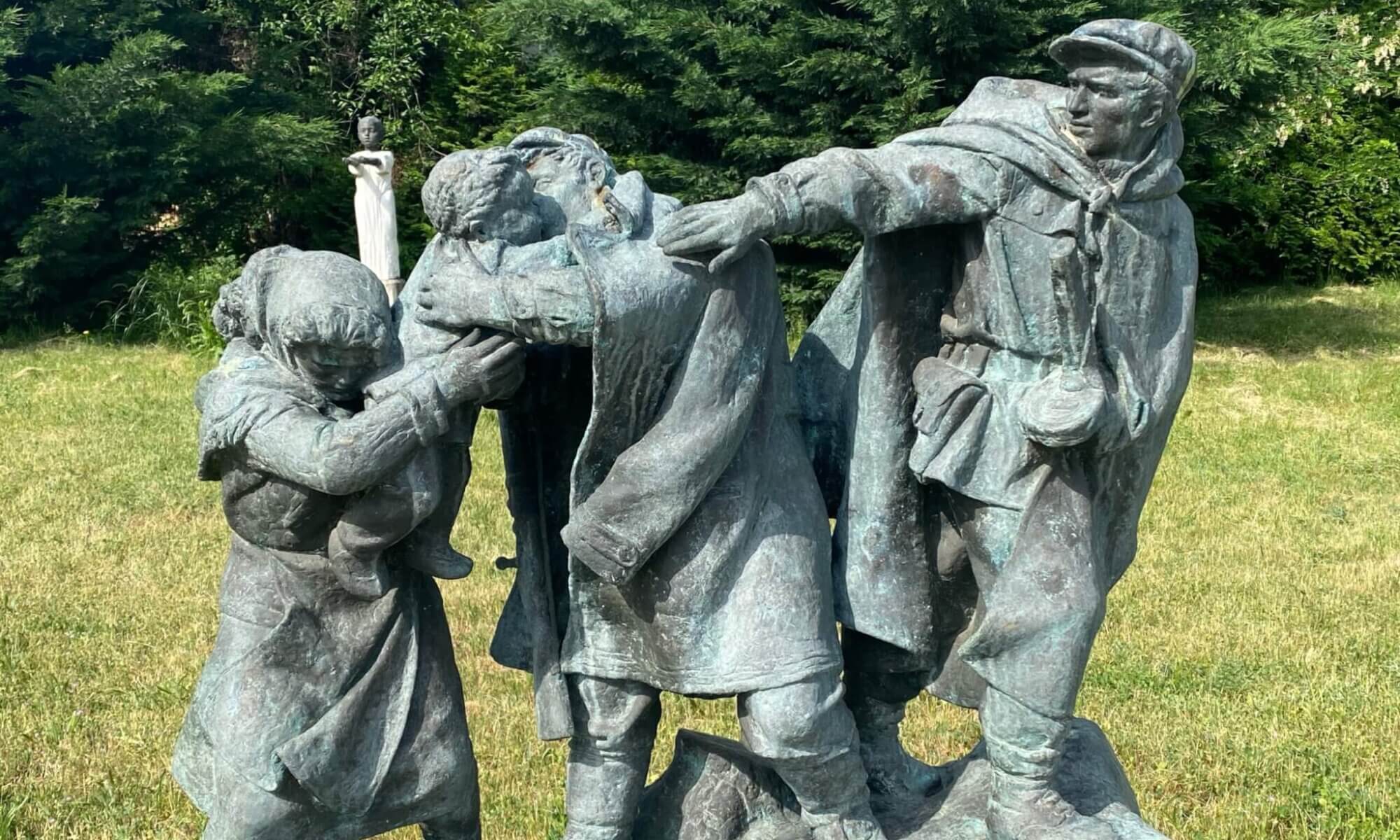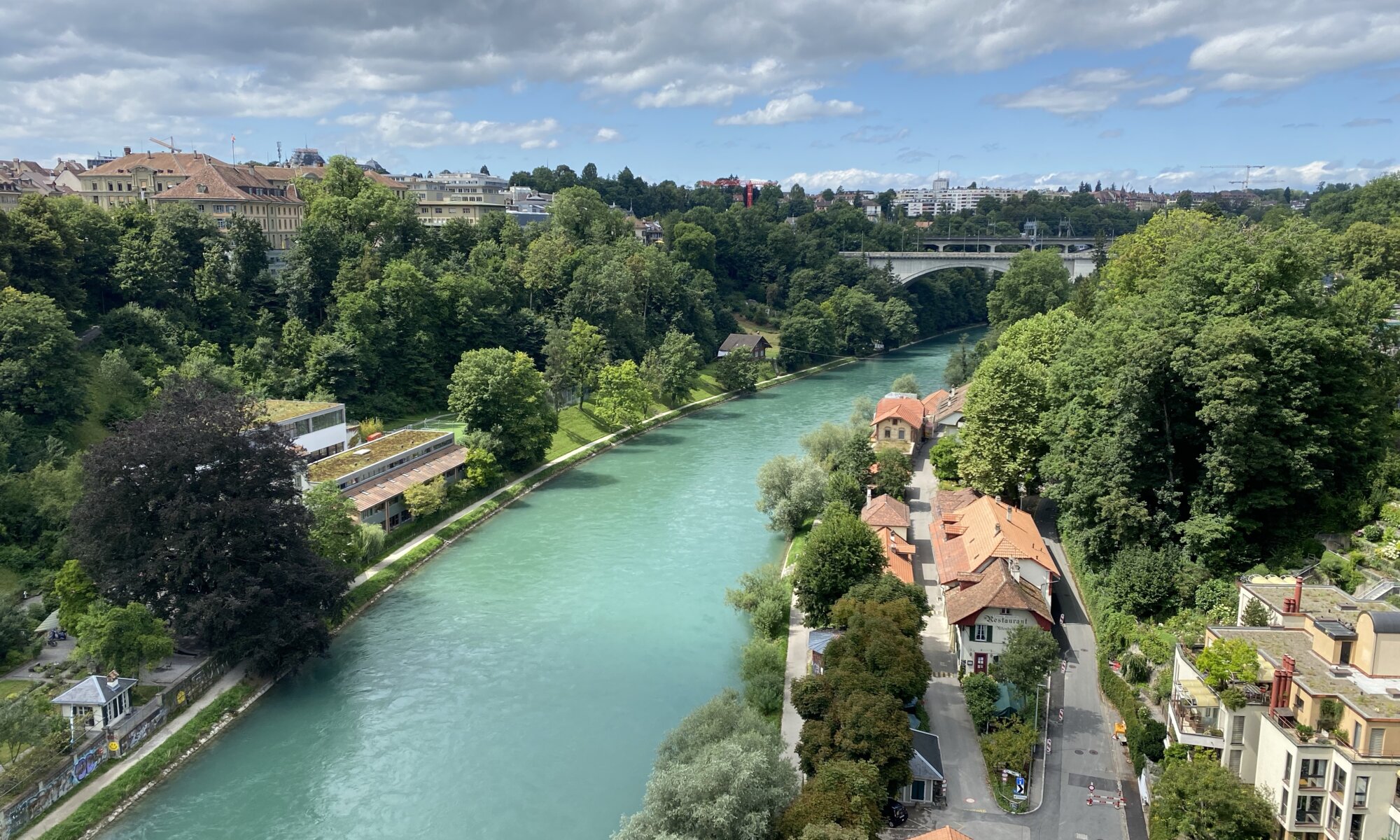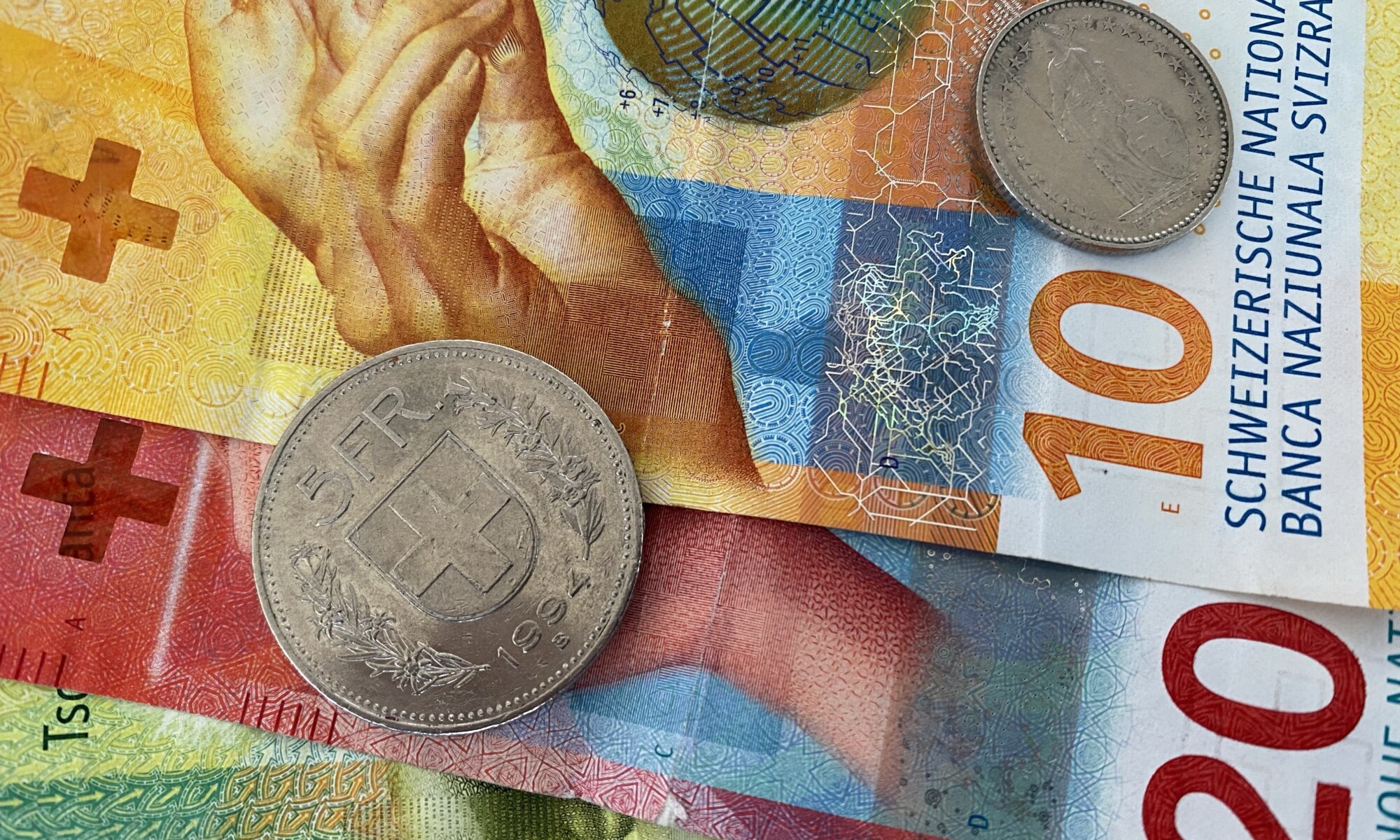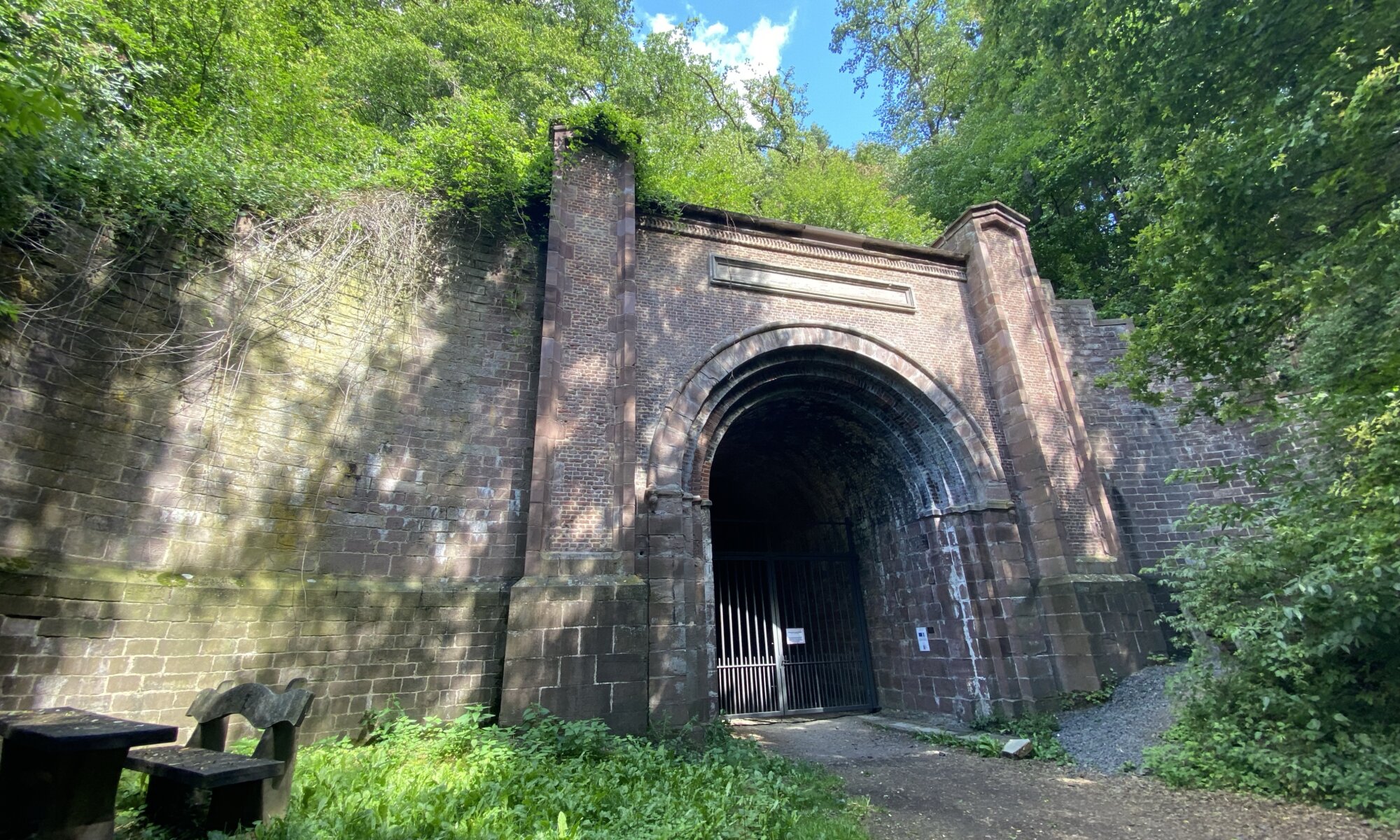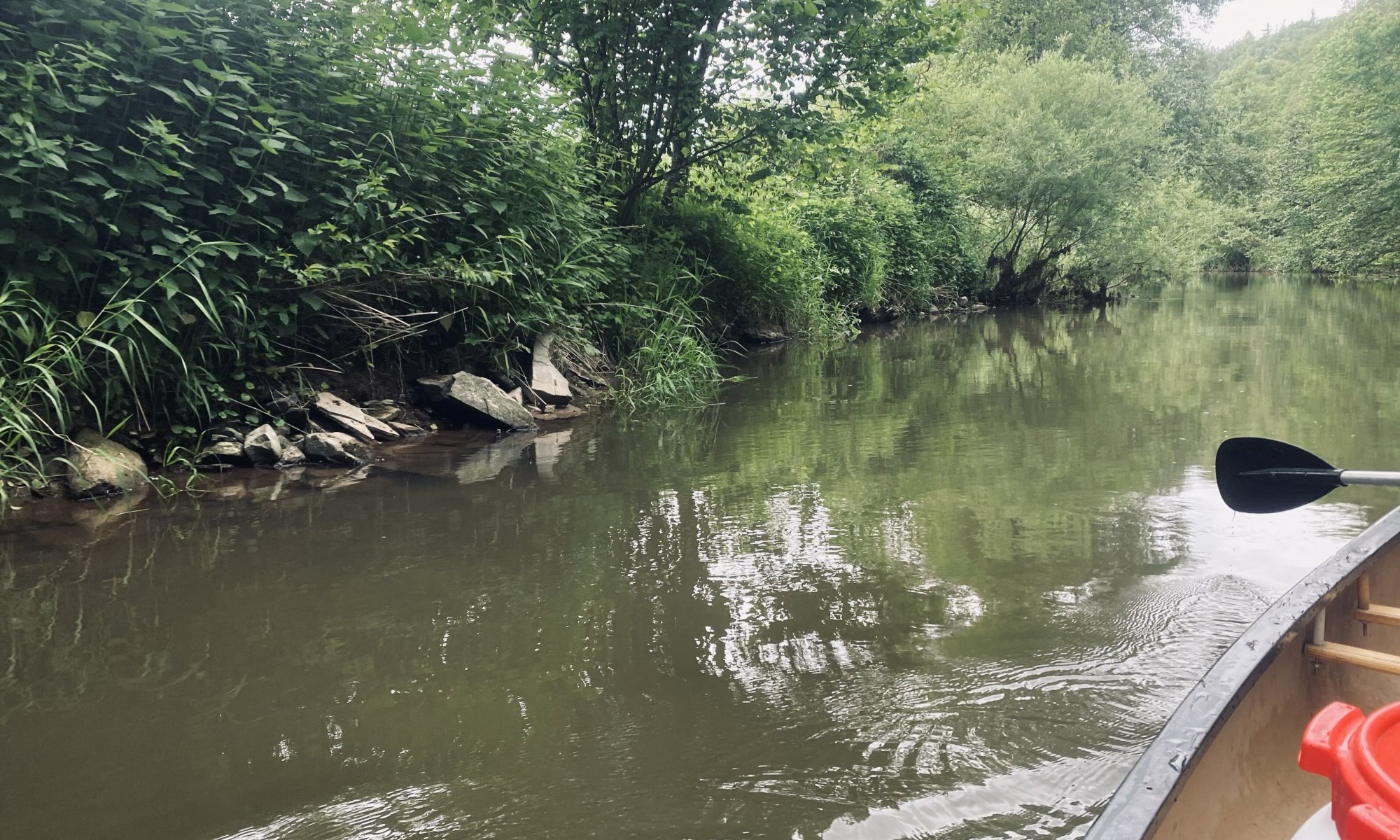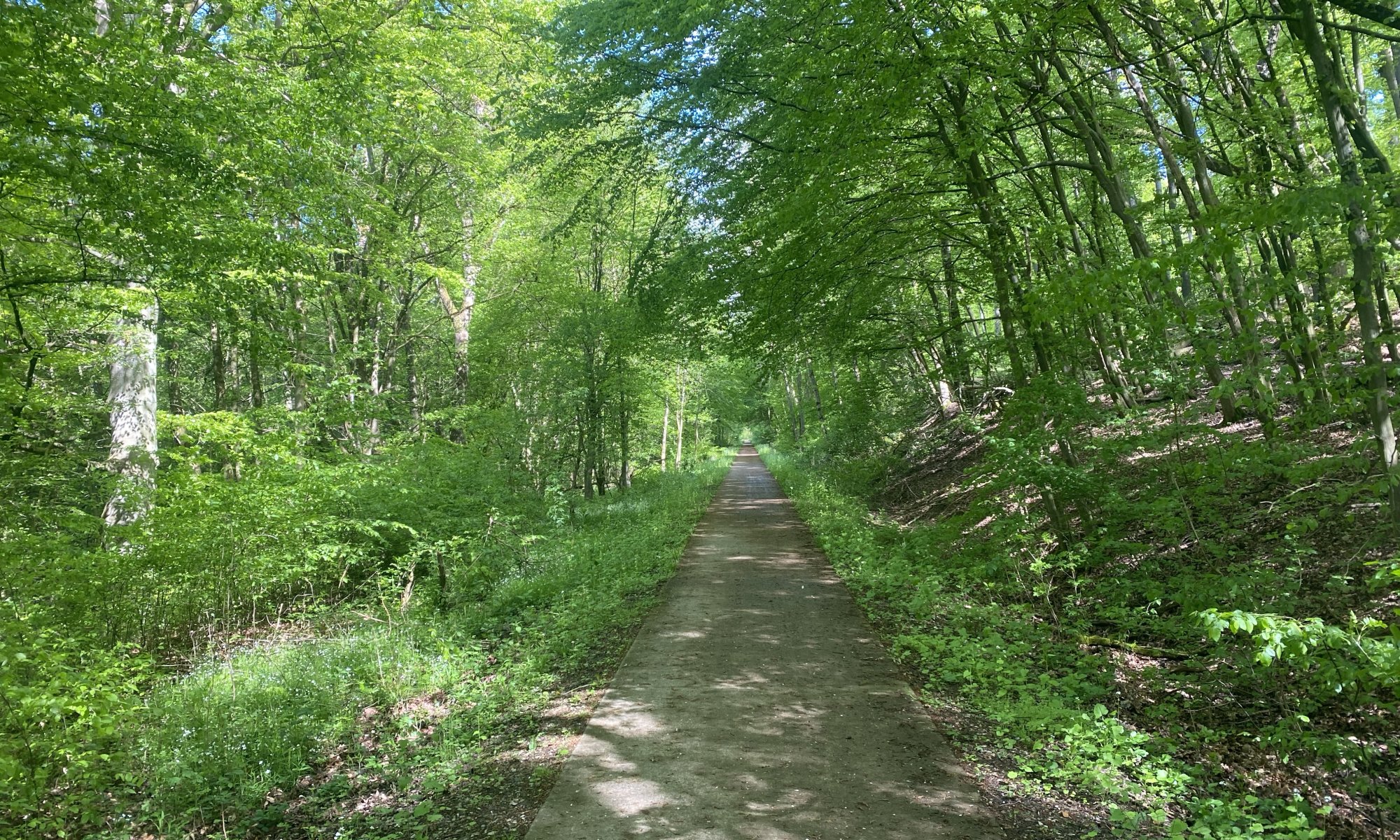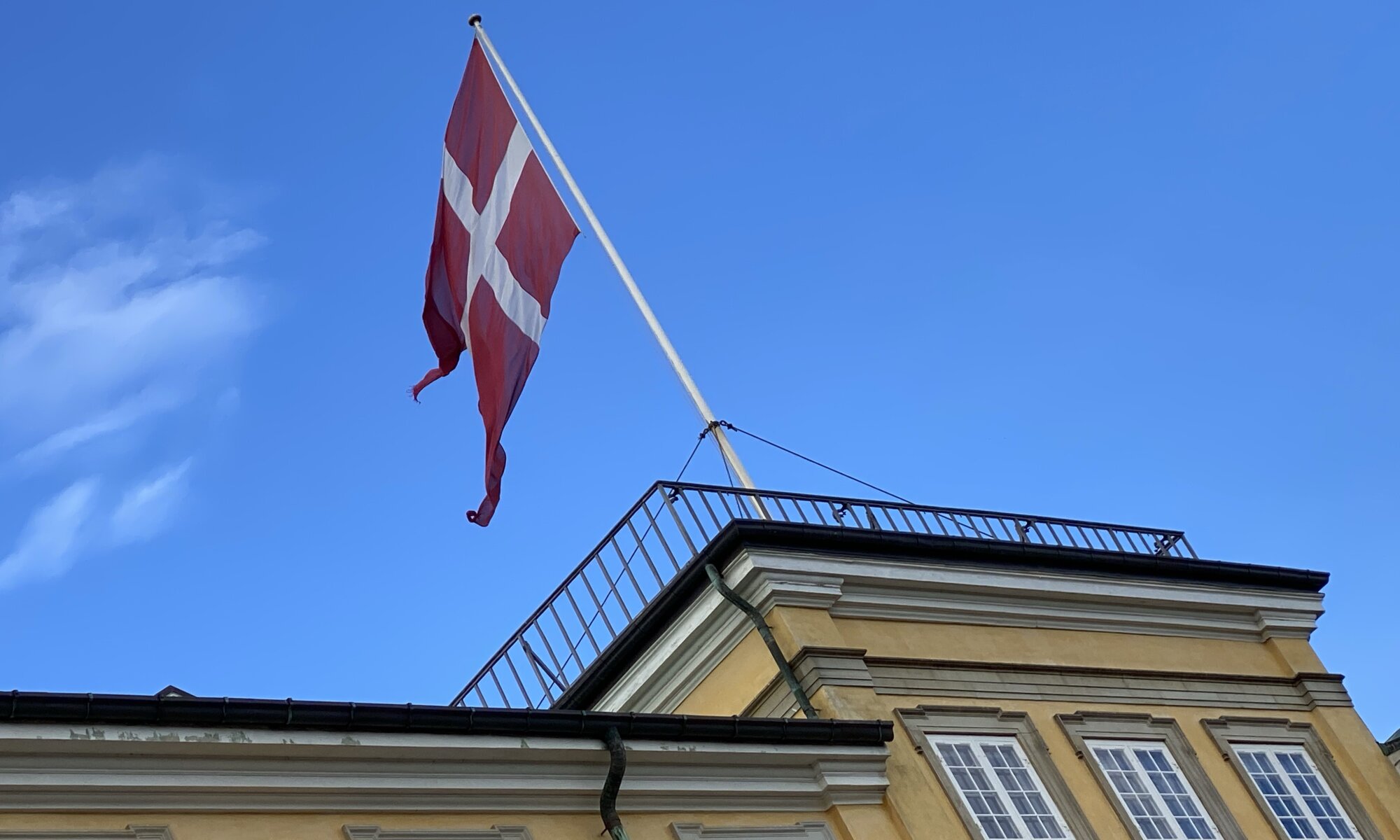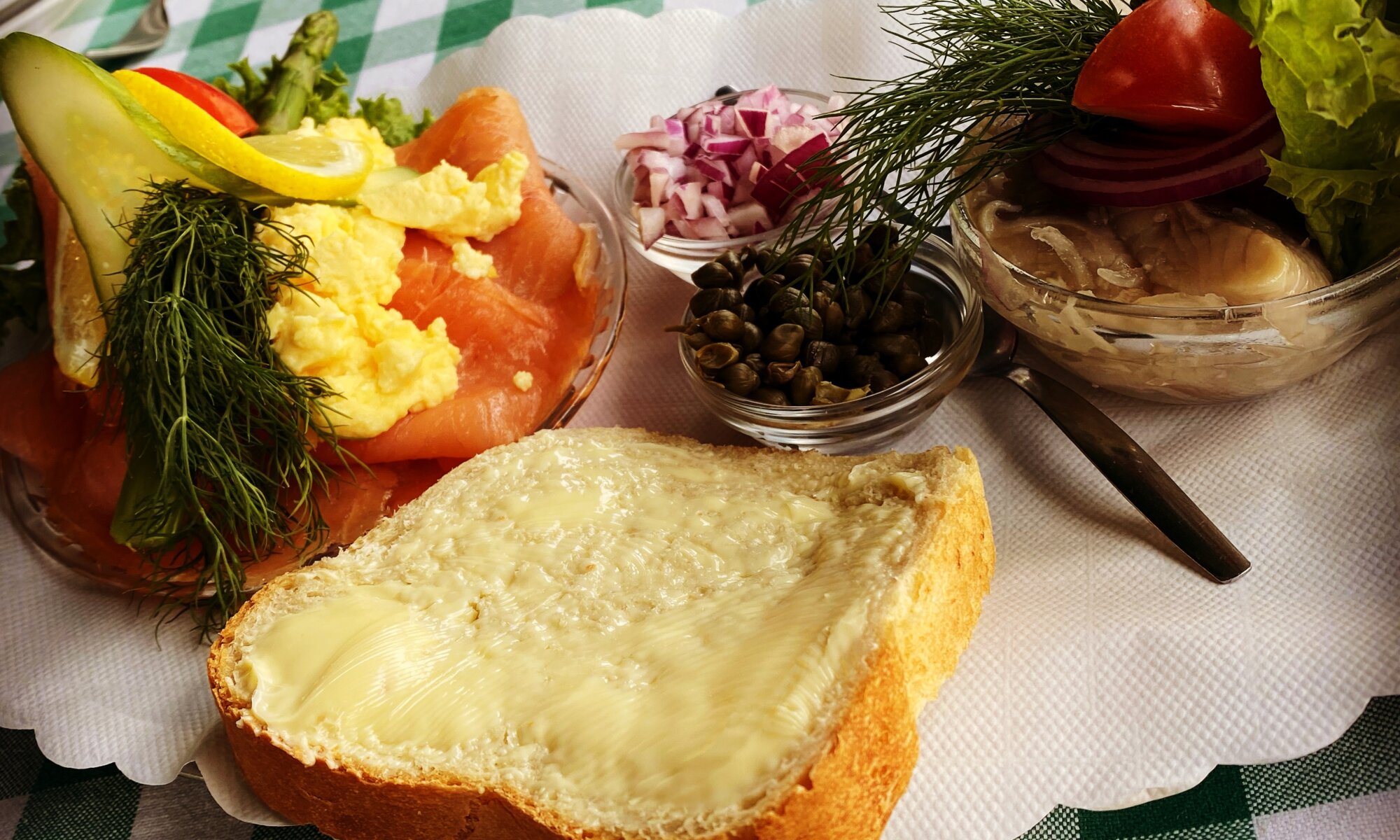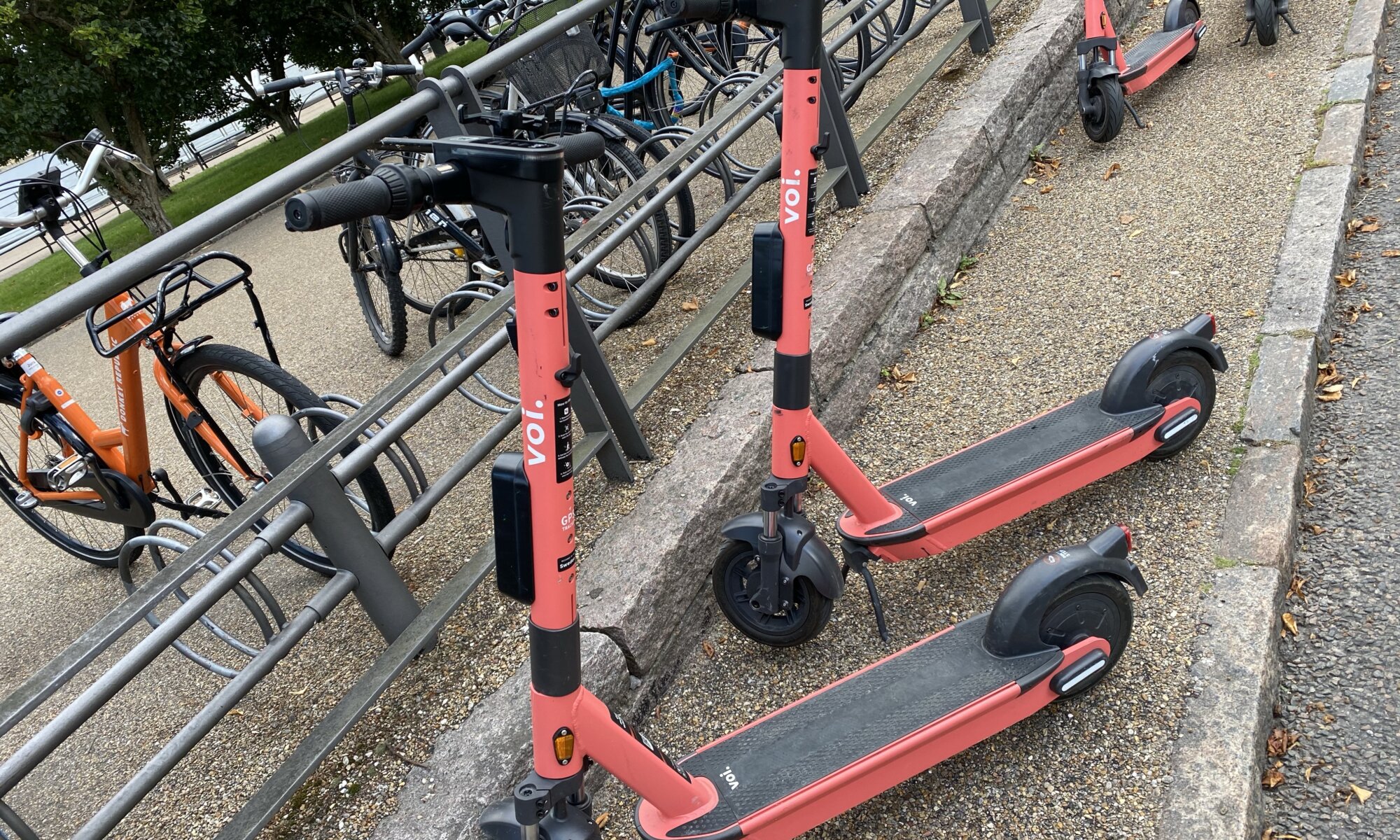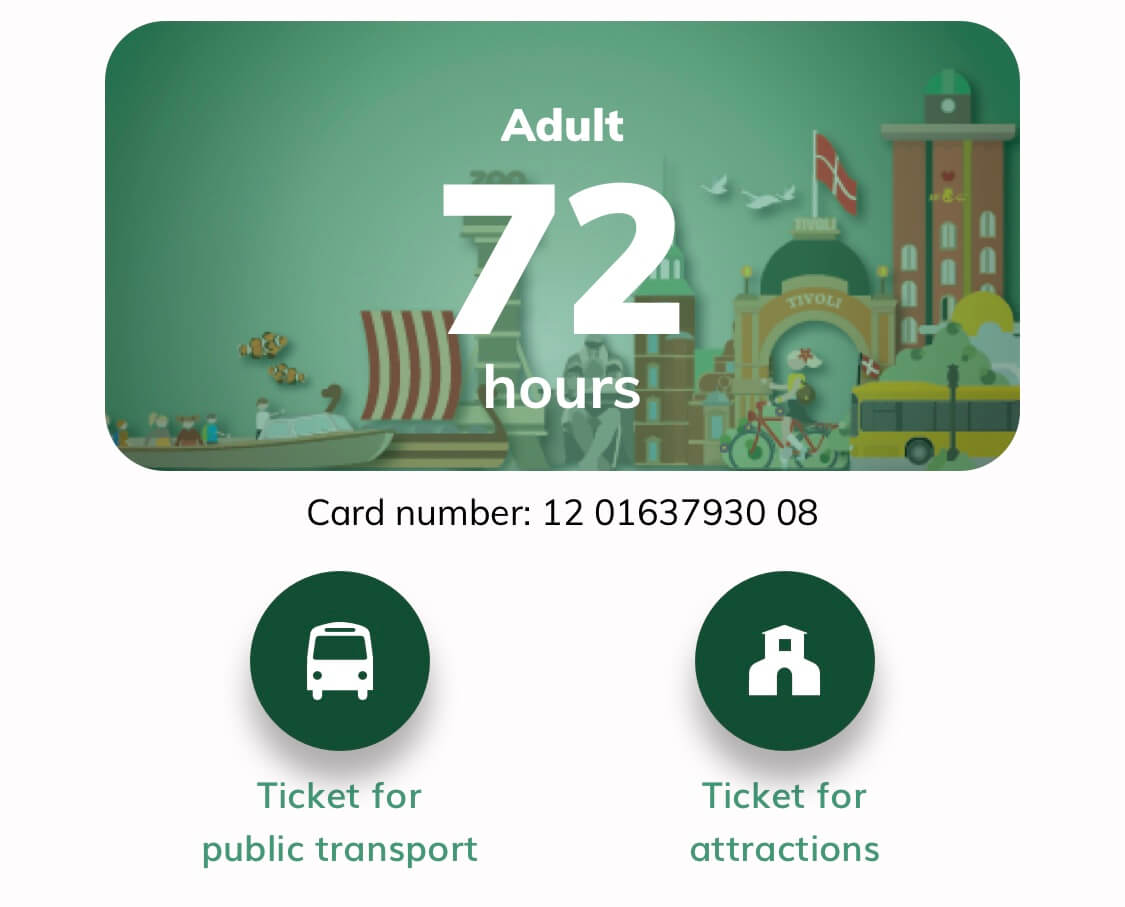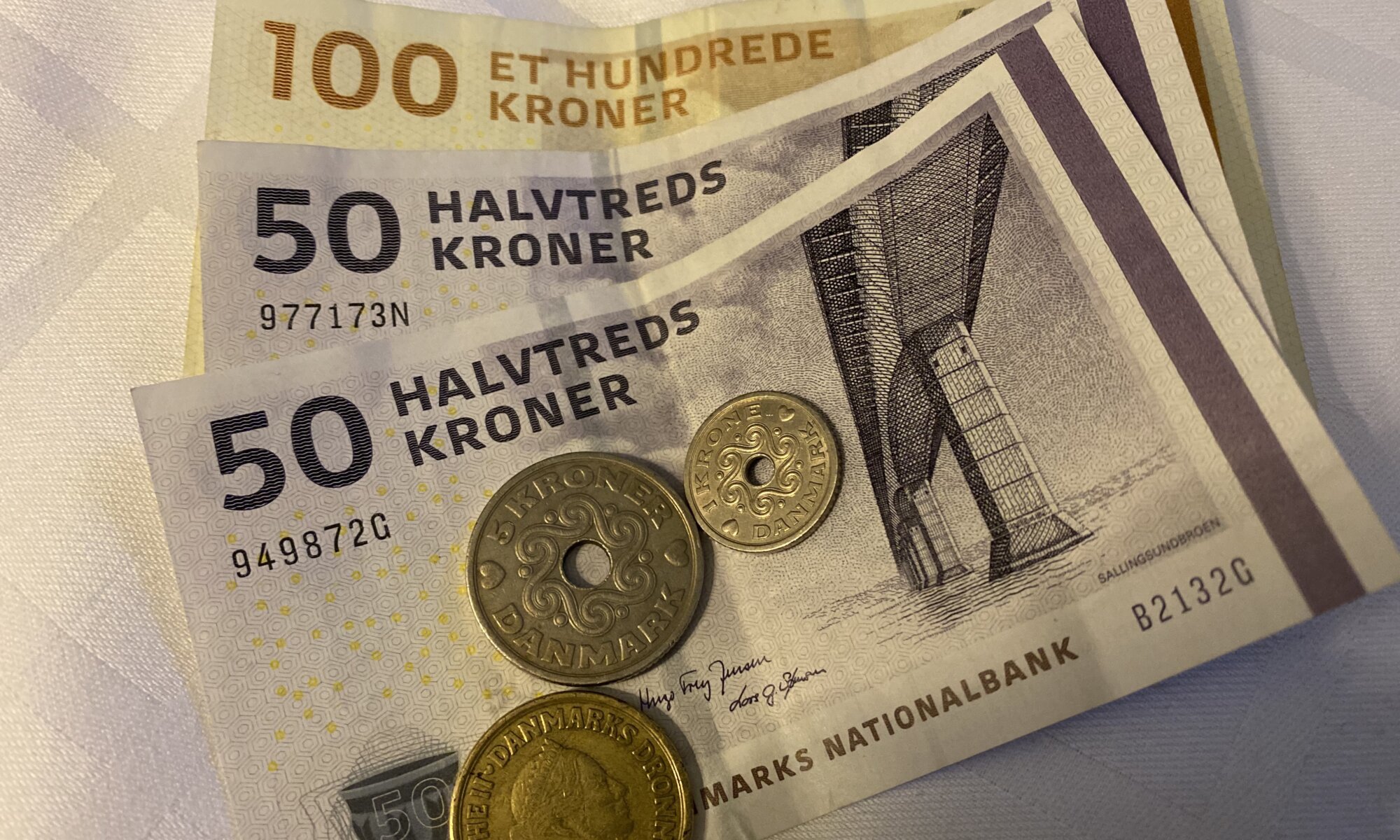For some years I tried to avoid trips to Switzerland. It is a nice country with beautiful nature, but the prices are just horrible. During the coronavirus pandemic in 2020 I was searching for places I could reach by train and as I’ve never seen the capital city of Switzerland, I booked my ticket. But then our Swiss neighbors held a large yodel festival (really!), and the infection numbers were increasing dramatically. Therefore, it took me another year before I could do the trip.
Continue reading “Grüessech”Schwiizerfranke
I still remember that day when I had some hours of layover at the airport of Zürich, Switzerland. I decided to have a short trip to the city center and entered a Euro banknote into a vending machine to buy a train ticket and what came out was not only a ticket but also some spare money in a strange currency, the Schwiizerfranke. Yes, Switzerland is in the center of the European Union but not part of it and for sure it has its own currency. How could I not have expected that?
Continue reading “Schwiizerfranke”Carlsbahn
Throughout Germany you can find a lot of old railway tracks that have been given up. Few of them get reactivated later, most of them get removed and are in best case converted to bicycle paths – a good option, as the low inclination makes cycling easy. In my region you can already find four of them: the Gartetalbahn once connecting Göttingen with Duderstadt could not be run economically; the Söhretalbahn east of Kassel wasn’t needed anymore when there was no brown coal left to be transported.
Continue reading “Carlsbahn”Canoeing on the Diemel
Travelling on a river by canoe is great fun. But it needs a lot of preparation: you need a boat, suitable equipment, a good point to start and most of all: someone who picks you up at your destination. Canoeing on the Diemel river is in contrast easy and well organized. You’ll get a canoe, a waterproof barrel, life jackets, paddles, and the phone number of someone to pick you up later.
Continue reading “Canoeing on the Diemel”Kassel & Göttingen: a roundtrip by bike
Göttingen and Kassel are cities that are only 50 km apart and could form a nice region – if they wouldn’t have been part of different kingdoms in the past and now different federal states (Lower Saxony and Hesse). I firmly believe that they will be connected more in the future and first tendencies towards this can already be seen.
Continue reading “Kassel & Göttingen: a roundtrip by bike”Art, Smørrebrød and a mermaid
Yes, 2020 has been a tough year for travellers. The COVID-19 pandemic has hit us all very hard and travelling was nearly impossible – at least concerning the more interesting regions around the world. But even in Europe more and more countries became problematic as destinations: either because you would have to get into quarantine for 14 days when arriving there or because you would have to quarantine yourself after returning from there because of too many coronavirus infections. Business travel came to an end and for nine months I didn’t leave my one country which was quite unusual for me by that time.
Continue reading “Art, Smørrebrød and a mermaid”National dishes
Well, Danish food isn’t on the list of most served dishes around the world. Ever heard of a Danish restaurant abroad? No, me neither. But of course, the Danes have very delicious options on their menus. You would expect that a country surrounded by water serves good fish? For sure! But in the top three list, only one dish has had contact with salt water. Let’s have a look at rød pølse, smørrebrød and stegt flæsk.
Continue reading “National dishes”Getting around
København with its 600,000 inhabitants isn’t a small but also not a giant city. Most sights for tourists are located in the city centre but for some, you’ll have to travel a bit. Getting around in the capital city of Denmark is rather easy – even as there are so many different transport systems. A little bit surprising for me was how important bicycles are for the inhabitants: riding a bike is a real pleasure as there are separated bicycle lanes and sometimes also bicycle bridges – you can get from A to B very fast by bike.
Continue reading “Getting around”CopenhagenCard
Should I buy it or not? That is the typical question you’ll have to ask yourself when you are travelling to a major city in Europe and you discover that they are offering a tourist card (and most of them do!). The answer isn’t always simple because you need to analyze what is included in the ticket and it heavily depends on what you’re about to do in the city. København offers a tourist ticket which they call the CopenhagenCard – and it is available as a hard ticket (which seems to be fading out) and as a virtual ticket in a mobile application for smartphones.
Continue reading “CopenhagenCard”Getting cash
When getting to Denmark you might be surprised that the country doesn’t use the Euro but still has its own currency: the dansk krone (DKK), divided into 100 Øre. It is at least strongly bound to the Euro and the exchange rate that is aimed for is 1 Euro = 7,46038 DKK. In 1992 and 2000 the Danish voted against the introduction of the Euro but this topic might come up again in the future.
Continue reading “Getting cash”